The Portia Jumping Spider Is an Intelligent and Patient Stalker:This is a strange spider, which looks more like a piece of bark. What is surprising is that when it sees its prey, it does not immediately pounce on it, but first stops, “thinks” for a moment, and then follows the most A surprise attack was launched on the Jia route, and the success rate of such an attack was extremely high!
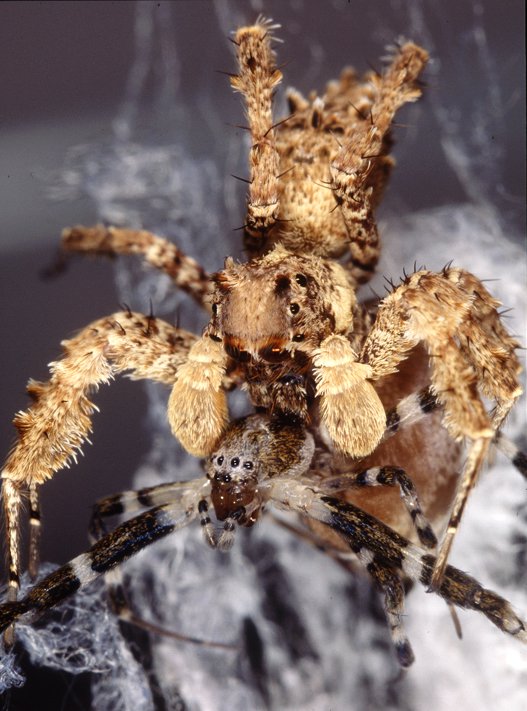
The Most Intelligent Spider
Generally accepted as the world’s most intelligent spider, the fringed jumping spider (also known as “Portia”) is as patient as it is crafty, all with a brain roughly the size of about a quarter of a baby aspirin. In this article, you will learn about some of the different methods this amazing spider uses as a predator and how it, too, can be prey if the proper precautions are not taken. Spiders eat spiders—they are araneophagic—and this particular genus uses carefully thought-out, prey-specific tactics when acting as predators.
Portia fimbriata
Portia is a genus of jumping spider that feeds on other spiders (i.e., they are araneophagic or arachnophagic). They are remarkable for their intelligent hunting behaviour, which suggests that they are capable of learning and problem solving, traits normally attributed to much larger animals.
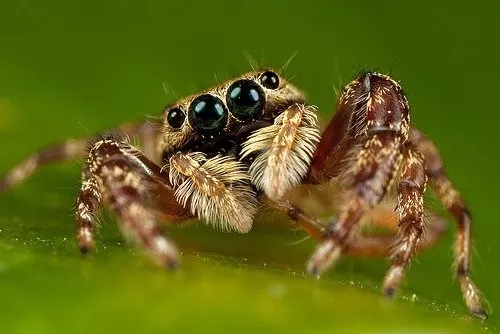
When it comes to calculating hunters in the bug world, nothing comes closer to the mark this diminutive jumping spider. This tiny assassin not only takes on targets bigger than itself, it plots how to do it.
Portia fimbriata is a jumping spider found in the north eastern part of Australia. It is a specialised hunter, only feeding on other spiders. It is unusually camouflaged, and has clusters of hairs protruding from its body giving it an ‘unspider-like’ shape. In fact it looks a little like a piece of debris and it certainly uses this to its advantage.
Portia hunts by stalking other spiders, usually those that build orb webs. The amazing thing about this species it that it uses a number of strategies to approach and attack its prey. More amazingly, if one method doesn’t work it will switch to another.
Like other jumping spiders, Portia has excellent eyesight. When prey is first located Portia will assess the situation make an approach which gives it the best chance of capturing the other spider, and will used different method for different species of prey. This may involve actually losing sight of the intended prey as it begins the slow and stealthy attack which is very unusual for invertebrate predators.
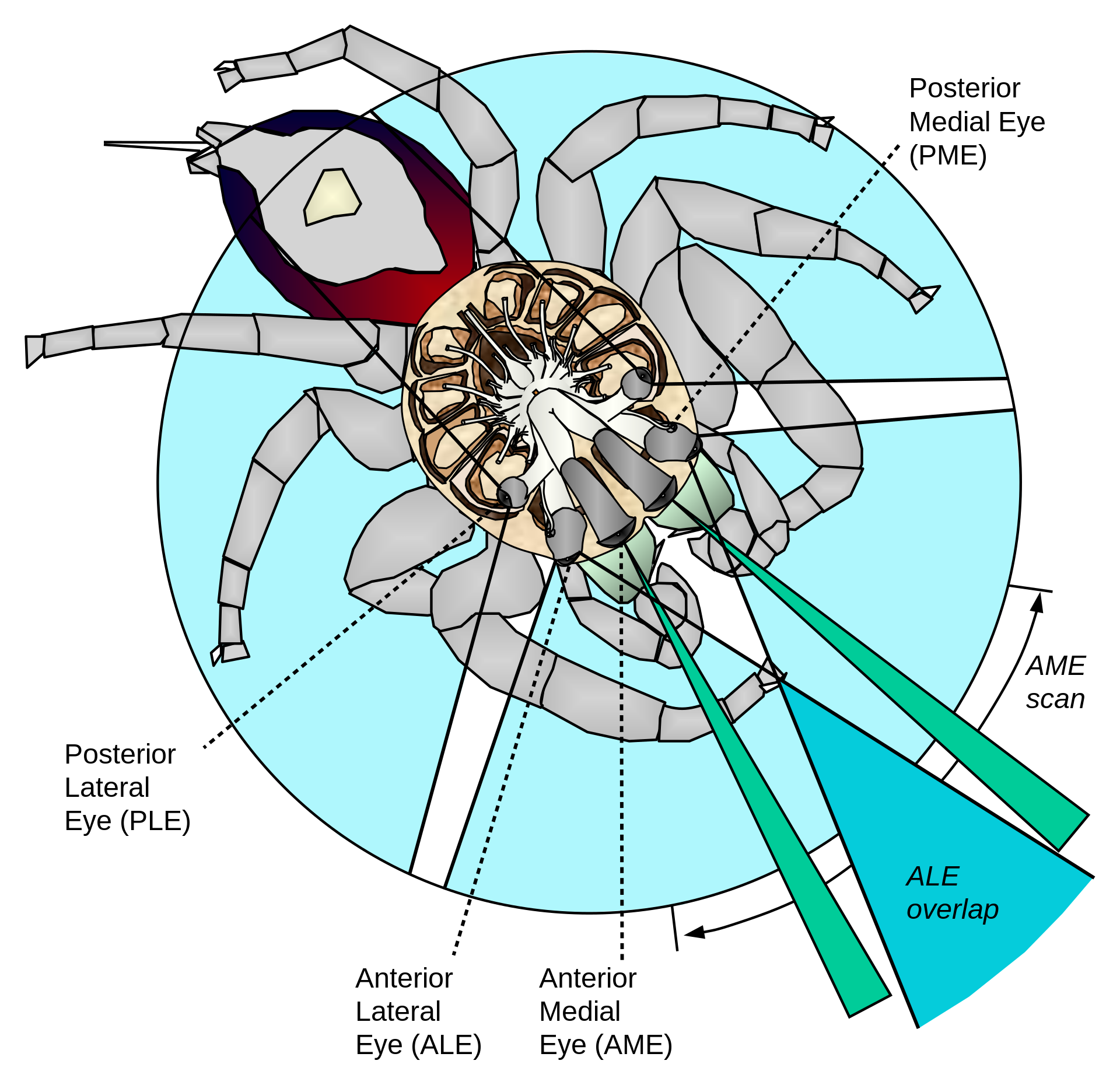
One method utilised by this hunter is to move to edge of an orb-weaver’s web and pluck the web with its legs to lure the other spider closer. A Portia will sit for hours tweaking and plucking tiny vibrations to gradually lure the unsuspecting owner of the web into checking out the source of the vibration. If it gets no reaction it will alter the type of vibrations it produces, testing time after time until it gets a result. If the orb-weaver senses the assassin’s presence it will back off, and make another approach some time later.
Sometimes a Portia will simply creep onto its victim’s web, step by step, millimetre by millimetre, taking hours and sometimes days to make its way close enough to its intended prey. Portia spiders have also been known to lower themselves down by a silken thread adjacent to an orb web to make their approach. Which ever method is used, the goal is to get close enough to an orb weaver to make a rapid attack. The Portia will leap onto the unsuspecting spider and deliver a lethal bite. Even though the victim may be many times the size of Portia, the jumping spider’s venom is potent enough to kill it inside a minute or two. Once a kill has been made Portia will take it’s fill from its prey, any leftovers are a bonus for scavengers.
Introduction
Fringed Jumping spiders are specialist spider-eating spiders which have attracted a great deal of interest in recent years due to their extremely varied and adaptable prey capture techniques, their ability to learn from previous experience, and to solve mazes from observation.
Identification
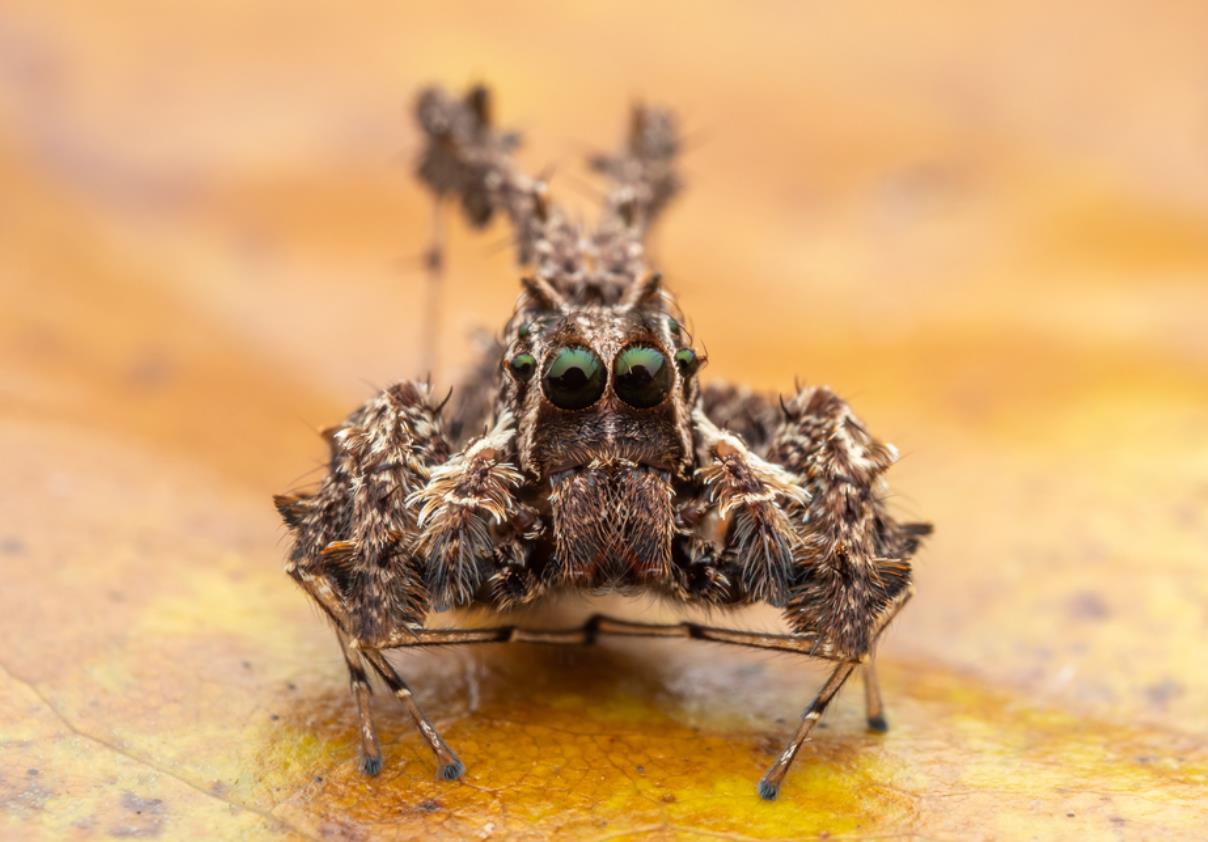
The Fringed Jumping Spider, Portia fimbriata is a web builder and a skilled hunter of spiders. Its body and legs are adorned with fringes and tufts of brown, white and black hairs – at rest it looks like a piece of litter detritus. The web may be a small ‘platform’ or a more complex, inverted ‘cone’ of silk enclosing a tangle of threads, with a curved leaf at the top. They are highly cryptic in both appearance and behaviour and are often difficult to find in their habitats.
Habitat
These spiders are found in habitats ranging from savanna woodland to rainforest. They make webs among rocks, buttress roots, bark or foliage. In dryer habitats they are associated with rockpile outcrops and cave entrances.
Distribution
The Fringed Jumping Spider is found across Northern Australia, including Western Australia, Northern Territory, and Queensland.
Feeding and diet
Spiders and their eggs are the preferred food of the Fringed Jumping Spiders. Web building spiders and other jumping spiders are especially targeted. Portia readily invades its victim’s webs and is skilled at moving on silk. These webs belong to spiders from at least 11 families and they can be very different (orb, sheet, space and tangle webs; dry, sticky and cribellate silk). Web spiders have poor vision compared to Portia.
Other behaviours and adaptations
The Fringed Jumping Spider walks slowly and jerkily, bursting into action only when seizing prey. It has good vision, with the large anterior eyes that are typical of jumping spiders.
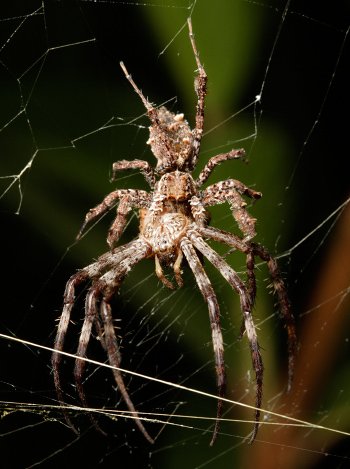
Fringed Jumping Spiders use their behavioural skills to lull victims into a false sense of security. Other jumping spiders seem to be taken in by Portia’s slow gait and resemblance to a piece of detritus, allowing it to move fatally close. When invading webs, Portia uses its legs and palps to vibrate the silk in specialised patterns. This may simulate struggling prey or a male spider’s mating signals, causing the web’s unsuspecting owner to move toward the waiting, or slowly stalking, predator. When the victim is about 5 mm away, Portia suddenly attacks, lunging forward, fangs outstretched to grasp its prey and inject a fast acting venom.
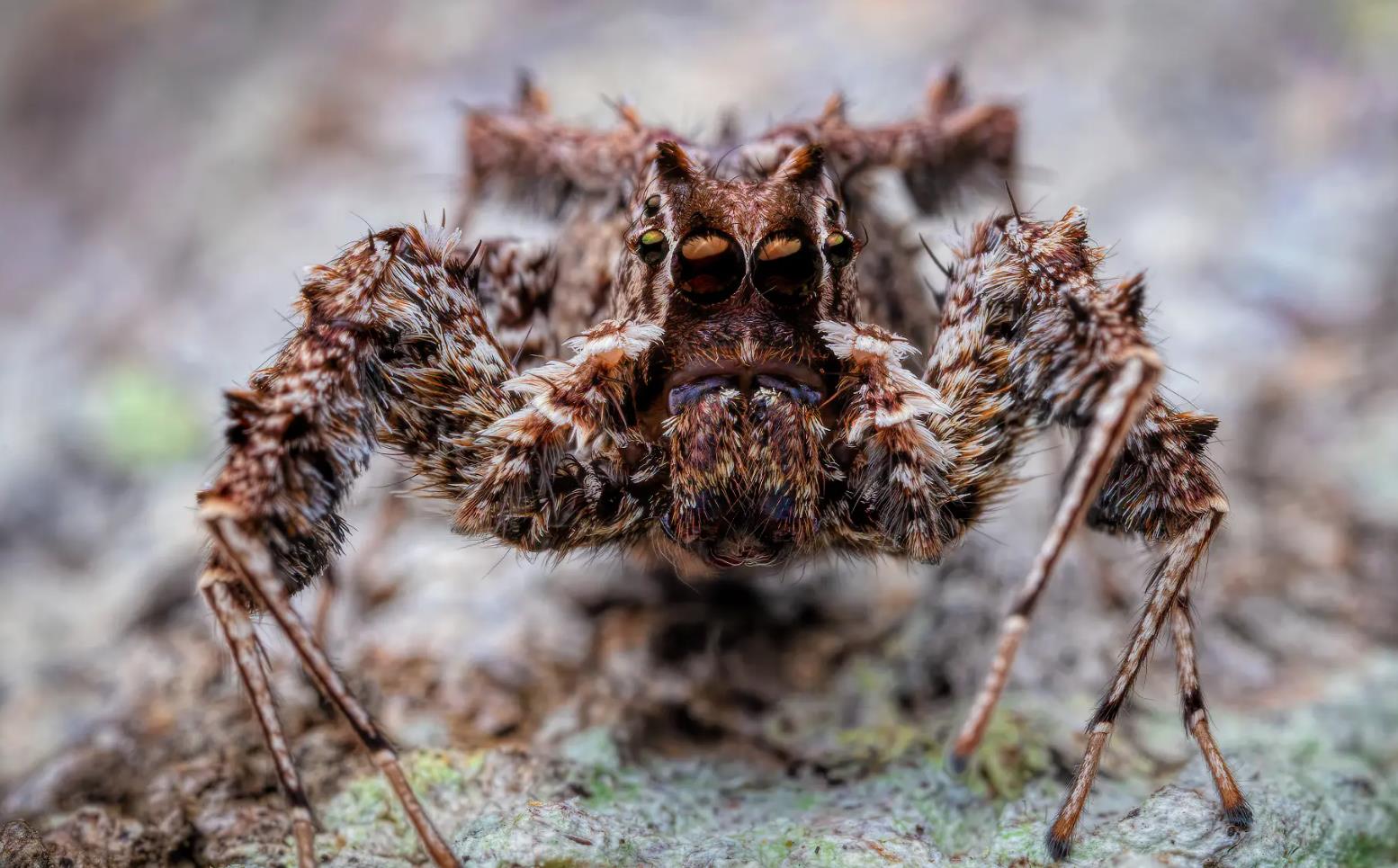
Persistence characterises Portia’s hunting strategy. One spider performed vibratory behaviour in a web for 3 days before the host spider finally decided to investigate and fell victim to it. In another instance, when a direct web approach to an orb web spider was unsuccessful, Portia left the web only to re-appear in the foliage above it. From there the hunter lowered itself down on a silk line beside the web until it was close enough to grasp its victim and deliver a fatal bite.
How does this species determine which method of attack or web signal to use with a particular spider? Probably, it is through a sophisticated trial and error procedure, backed up by cues from the victim or its web. Portia’s web signalling behaviour seem to be constantly varied until the confused victim finally responds – usually with fatal results. All of this reveals a form of problem solving capacity unmatched by other spiders.
